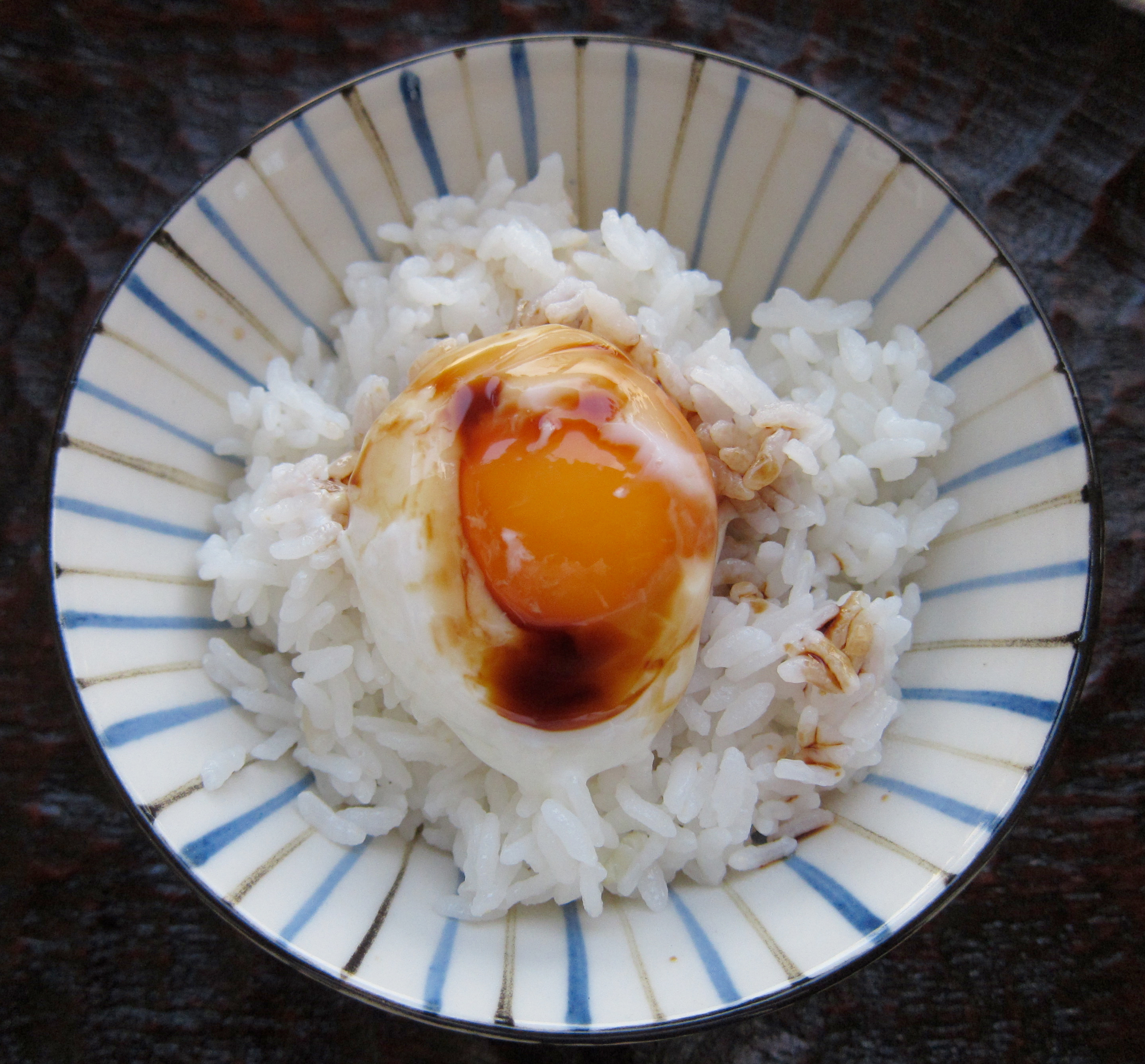The average Japanese person eats around 320 eggs (tamago) per year, according to the International Egg Commission, placing it in the Top 3 worldwide. (In comparison, the average American eats around 250 eggs per year.) Eggs are enjoyed in many sweet and savory dishes, such as the famous (or infamous) breakfast egg dish called tamagokake-gohan, a raw egg mixed with hot steamed rice and seasoned with a drizzle of soy sauce. Other popular egg dishes include om-rice, a rice-filled omelet; pudding (or purin), the Japanese version of caramel flan; and chawanmushi, a savory steamed egg custard.
However, these quintessentially Japanese dishes were not widely eaten until fairly recent times.
Domestic chickens were introduced to Japan from China via Korea around 2,500 years ago, but eggs were used for medicinal purposes and as sacred offerings rather than as food. Egg consumption was banned periodically from the 14th century, since they were usually included in several Buddhism-based anti-animal consumption edicts (although curiously, eating chickens was OK). It only became acceptable to eat eggs in the Edo Period (1603-1867), albeit as a luxury item. Even in the early 20th century, the average Japanese only ate about 40 eggs per year.



